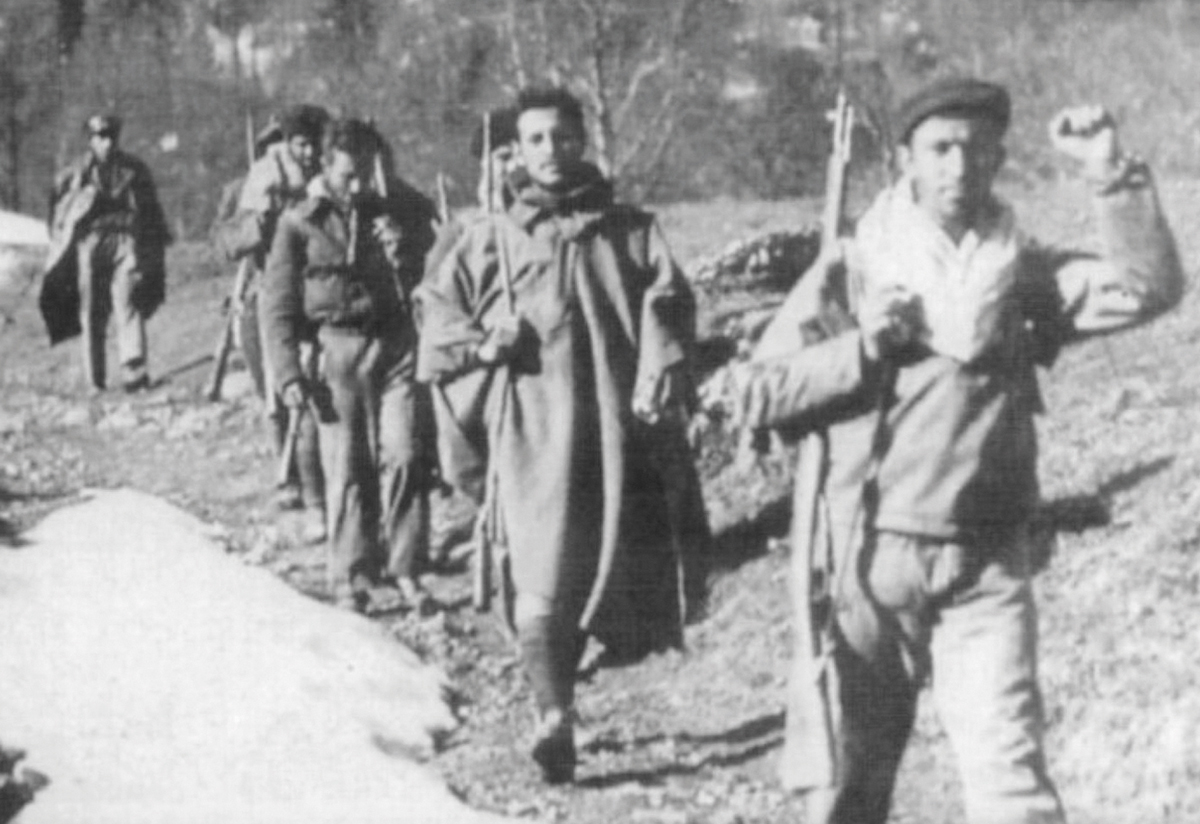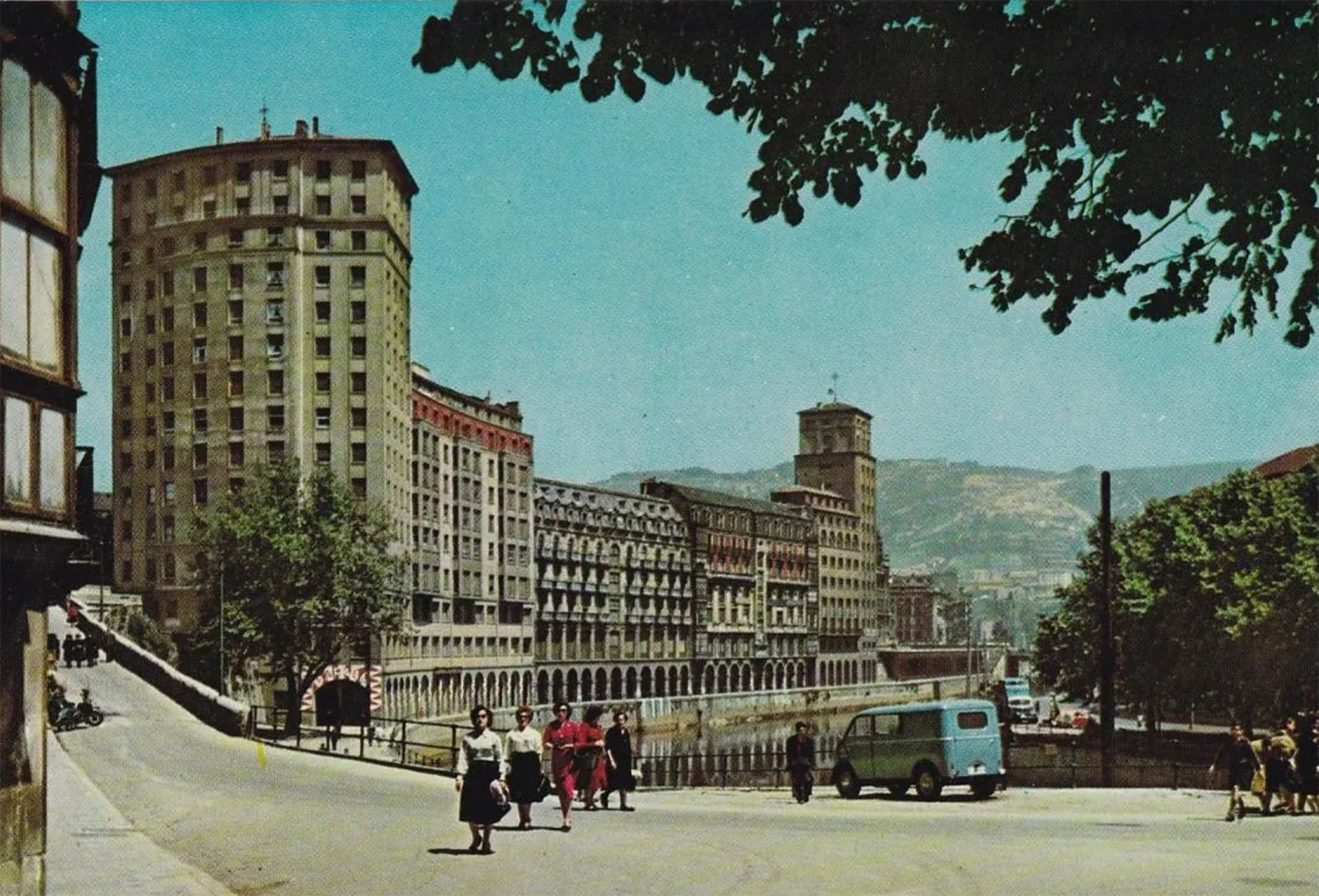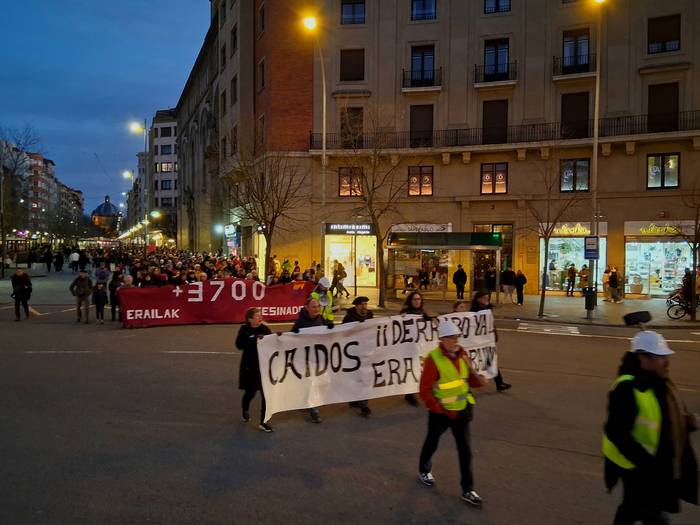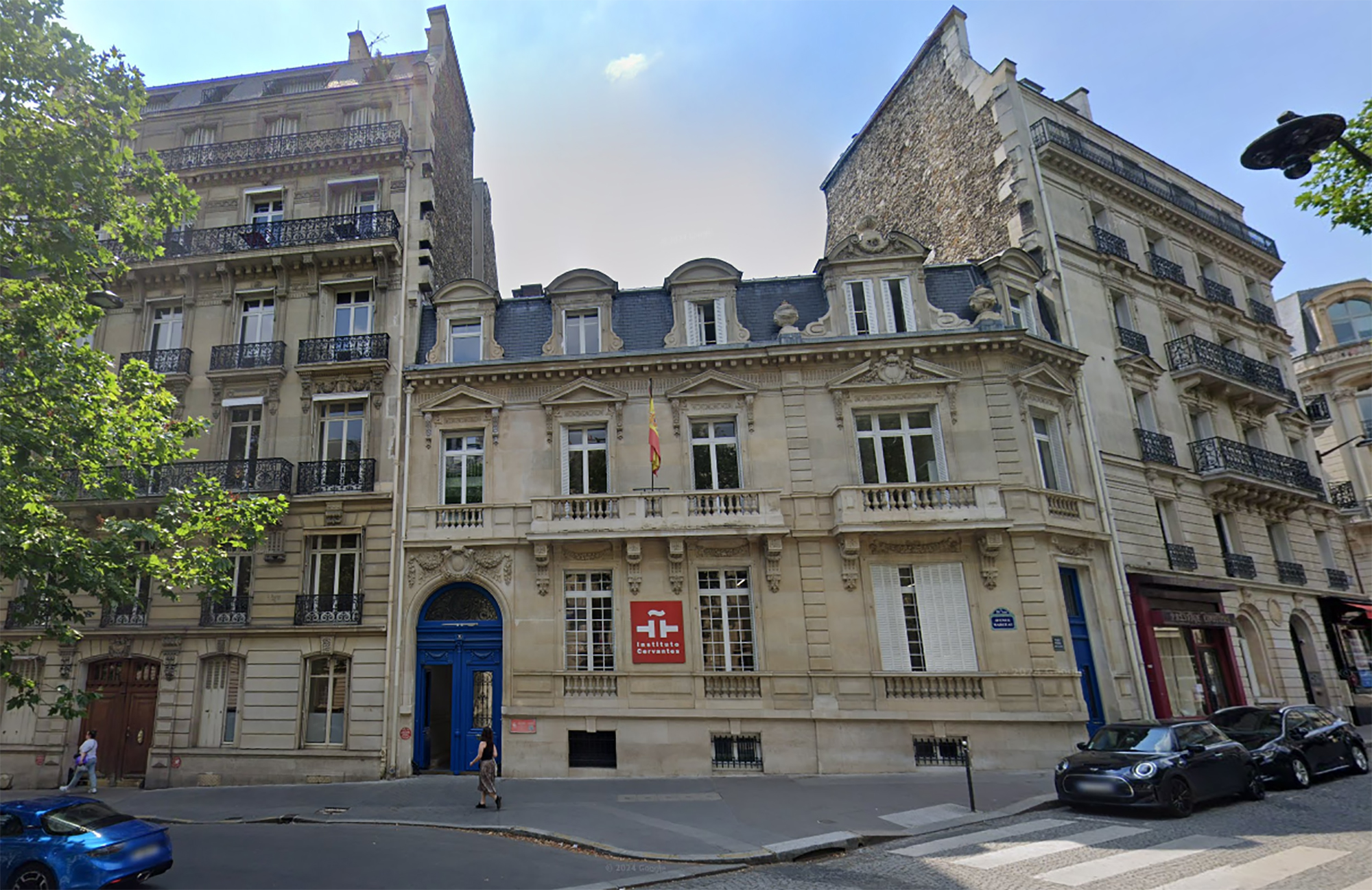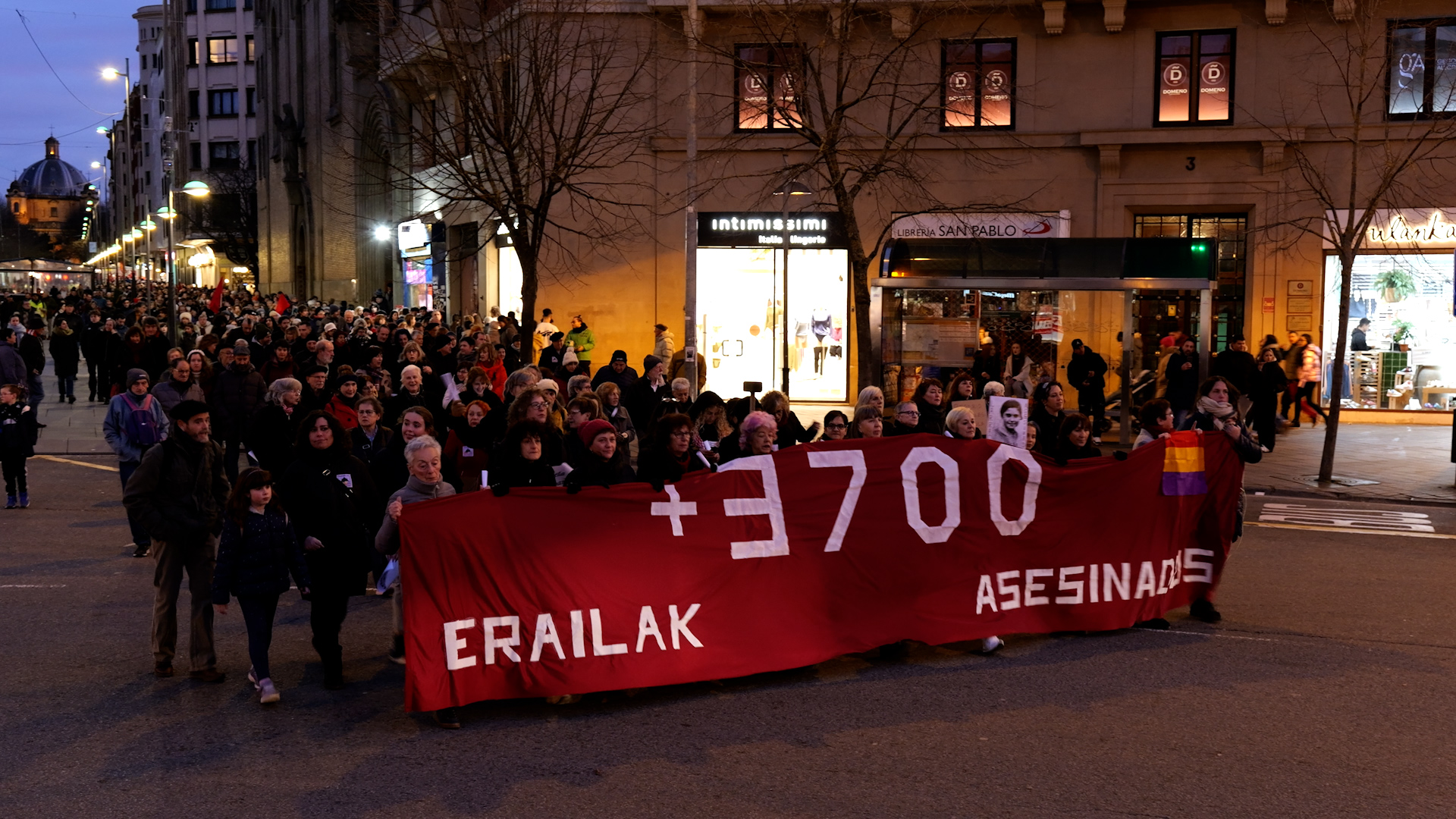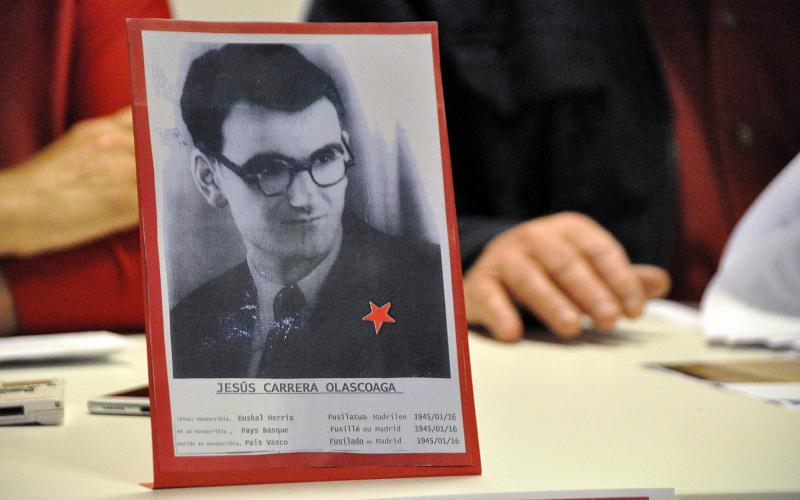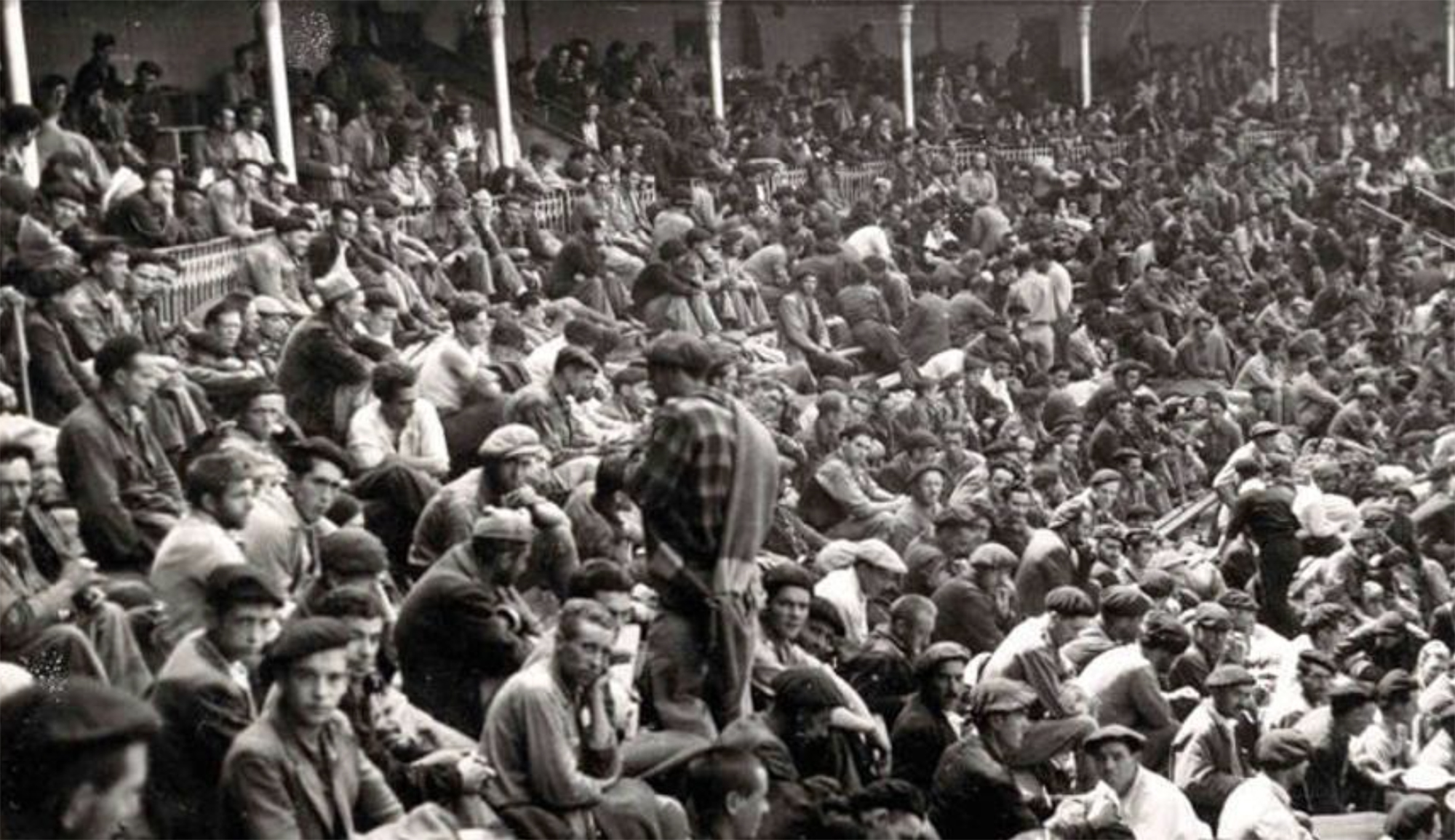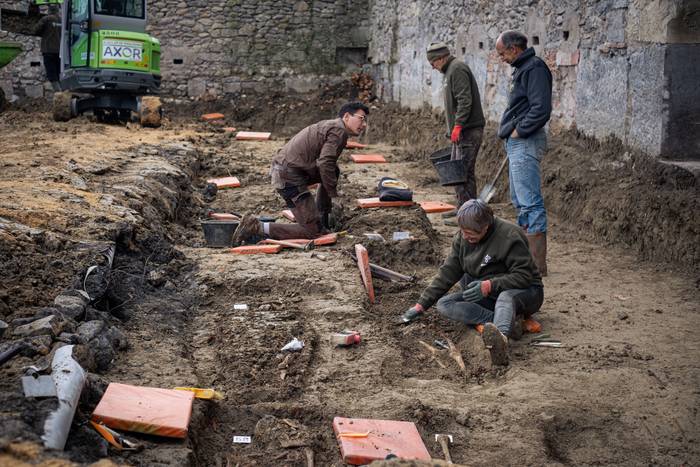50 years of "our strike"
- These days, 50 years ago, in the midst of the most oppressive Francoism, a six-month hard strike ended at the Laminación de Bandas plant in Etxebarria, in the hands of AHV: The longest made in Franco’s time, between 1966 and 1967. In a way, it marked the evolution of the Basque workers’ movement.

This strike was recorded in a booklet that shows not only the struggle of its 900 workers, but also the struggle carried out in solidarity by their wives and relatives, the student sector, the Church and the workers of other companies. That’s why it’s “our strike.”
The objective of the strike was to improve the economic incentives for the workers due to the increase in the working rhythms; it generated surprise and anger in the bosses and among the members of the Francoist government. They saw it as a threat that questioned their power and hence the violent response: repression, arrests, exiles, dismissals... and the state of emergency. However, the workers and the solidarity network continued the movement until it was crushed by force after 163 days.
The strike left several subjects. He did not fulfill his economic objective, but he achieved much more than a few pieces of money: in front of the bosses who had the support of the police and armed government of Franco, he managed to maintain his dignity. He formed a whole network of solidarity, gathered the box of resistance, and the workers were empowered by self-organization. All this capital has served to carry out future strikes, such as the one in 1976 in which five workers were massacred. Events such as the Bilbao Fine Arts strike or the Biscay residencies strike are examples of the past and present, as they follow the trail of “our strike”.
Salvador Puig Antich frankismoaren kontrako militantea izan zen. Askapen Mugimendu Iberikoko kidea, 1973ko irailaren 25ean atxilotu zuten. Gerra-kontseilua egin zioten, eta garrotez exekutatu zuten handik sei hilabetera, 1974ko martxoaren 2an. Aurtengo otsailean baliogabetu du... [+]
Bilbo, 1954. Hiriko Alfer eta Gaizkileen Auzitegia homosexualen aurka jazartzen hasi zen, erregimen frankistak izen bereko legea (Ley de Vagos y Maleantes, 1933) espresuki horretarako egokitu ondoren. Frankismoak homosexualen aurka egiten zuen lehenago ere, eta 1970ean legea... [+]
Deportazioaren Memoriarako Euskal Koordinakundeak aintzat hartu nahi ditu Hego Euskal Herrian jaio eta bizi ziren, eta 1940tik 1945era Bigarren Mundu Gerra zela eta deportazioa pairatu zuten herritarrak. Anton Gandarias Lekuona izango da haren lehendakaria, 1945ean naziek... [+]
Pamplona, 1939. At the beginning of the year, the bullring in the city was used as a concentration camp by the Francoists. It was officially capable of 3,000 prisoners of war, at a time when there was no front in Navarre, so those locked up there should be regarded as prisoners... [+]










